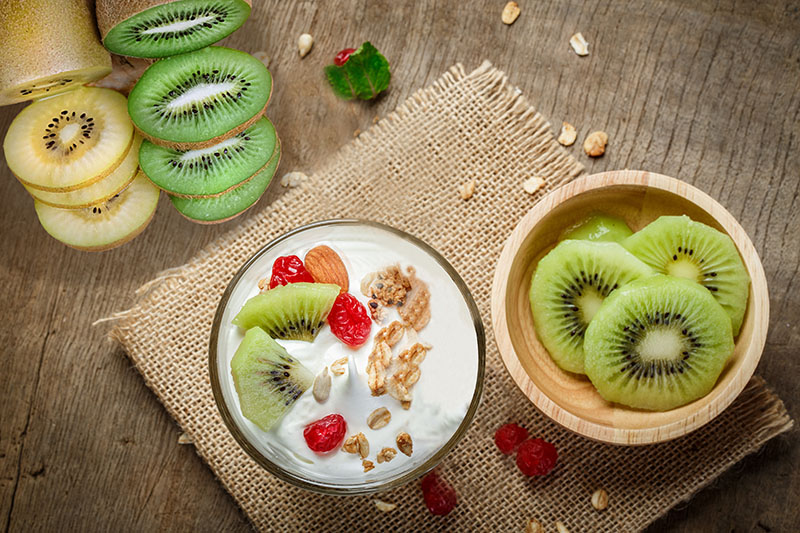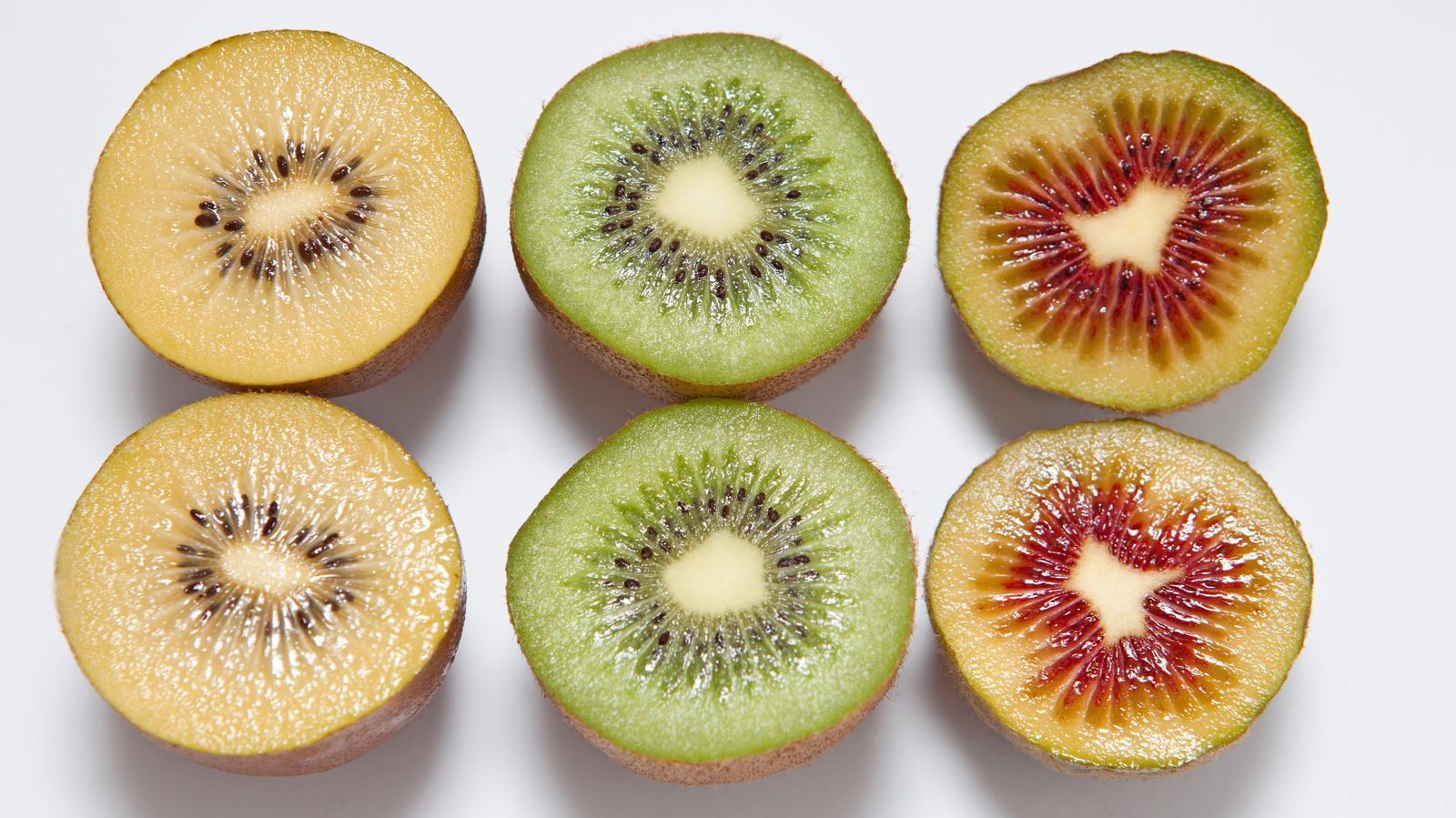Study Taste: Discovering What Do Kiwis Taste Like
Wiki Article
A Deep Dive Into Kiwi Farming: Introducing the Techniques, Challenges, and Potential for Sustainable Farming
In this article, we will certainly take you on a deep dive into the strategies, obstacles, and possibility for lasting farming in the globe of kiwis. Discover the optimal expanding problems, advanced cultivation techniques, and the sustainable practices that can open the complete capacity of kiwi farming.Optimum Growing Problems for Kiwi Plant Kingdoms

Cutting-Edge Cultivation Techniques
General practitioner modern technology allows for precise mapping and tracking of the kiwi vines, enhancing watering and fertilizing practices to guarantee that each plant gets the needed nutrients and water. One more sophisticated strategy is upright farming, which entails growing kiwi plants in stacked layers using synthetic lighting and climate-controlled environments. By accepting these advanced methods, kiwi farmers can achieve higher efficiency, optimize resource utilization, and contribute to lasting farming techniques.Obstacles Encountered by Kiwi Farmers
Encountering countless difficulties, kiwi farmers need to navigate through various obstacles to ensure effective cultivation and sustainable farming practices. Among the significant difficulties they face is climate irregularity. Kiwi plants need a particular climate to thrive, with awesome winters and cozy summertimes. Nevertheless, unforeseeable weather patterns, such as severe temperatures, frost, and drought, can interfere with the growth and development of kiwi plants. Farmers have to continuously monitor weather report and apply methods like irrigation, frost defense, and shade towel to alleviate the adverse impacts of environment variability.An additional substantial challenge for kiwi farmers is illness and bugs. Kiwi creeping plants are at risk to an array of parasites, consisting of termites, aphids, and thrips, which can damage the leaves and fruit.
Kiwi farming needs labor-intensive activities, such as trimming, harvesting, and trellising. Locating knowledgeable laborers who are educated regarding kiwi farming methods can be tough.
Sustainable Farming Practices for Kiwi Farming

To make certain lasting kiwi cultivation, you can carry out a range of techniques that promote ecological stewardship and lasting feasibility of your farm. Kiwi plants need a significant amount of water, but extreme watering can lead to water waste and soil disintegration. Taking on More Help sustainable power techniques, such as making use of solar power or investing in energy-efficient innovations, can lower your ranch's carbon impact and add to an extra lasting kiwi farming system.
Unlocking the Prospective of Kiwi Farming
By applying sustainable farming methods, you can open the full possibility of kiwi farming while reducing ecological effect. Kiwi farming has immense possibility for growth and earnings, however it also comes with its own collection of obstacles. To totally open this his explanation capacity, it is vital to take on lasting strategies that not only maximize return and high quality but also guarantee long-term practicality.One trick facet of opening the possibility of kiwi farming is enhancing irrigation practices - what do kiwis taste like. Kiwi plants call for a particular amount of water to flourish, and by making use of efficient watering systems such as drip irrigation or accuracy lawn sprinklers, you can reduce water wastage and reduce the danger of waterlogging or dirt erosion
One more essential aspect is soil wellness administration. Abundant and healthy and balanced soil is important for the growth and growth of kiwi plants. By executing methods such as cover cropping, plant rotation, and organic fertilizing, you can boost dirt structure, boost nutrition schedule, and lessen the requirement for chemical inputs.
In addition, integrated insect monitoring (IPM) techniques are my website important in unlocking the possibility of kiwi farming. By embracing IPM techniques such as biological bug control, scent catches, and plant surveillance, you can effectively handle bugs and conditions while decreasing the use of chemical pesticides.
Conclusion
Finally, kiwi farming holds fantastic potential for sustainable farming practices. By carrying out advanced strategies and conquering the obstacles dealt with by farmers, we can open the complete potential of this fruit (what do kiwis taste like). With ideal expanding problems and a focus on sustainable techniques, kiwi farming can thrive while reducing ecological influence. So, order a kiwi and support the future of sustainable farming!Discover the ideal expanding conditions, advanced growing methods, and the sustainable practices that can unlock the full capacity of kiwi farming. By accepting these innovative techniques, kiwi farmers can achieve greater efficiency, enhance source use, and add to lasting farming techniques.
Encountering numerous challenges, kiwi farmers must navigate via numerous barriers to make certain effective farming and sustainable farming techniques.By applying lasting farming methods, you can unlock the full potential of kiwi farming while minimizing ecological influence.In final thought, kiwi growing holds wonderful possible for lasting farming methods.
Report this wiki page